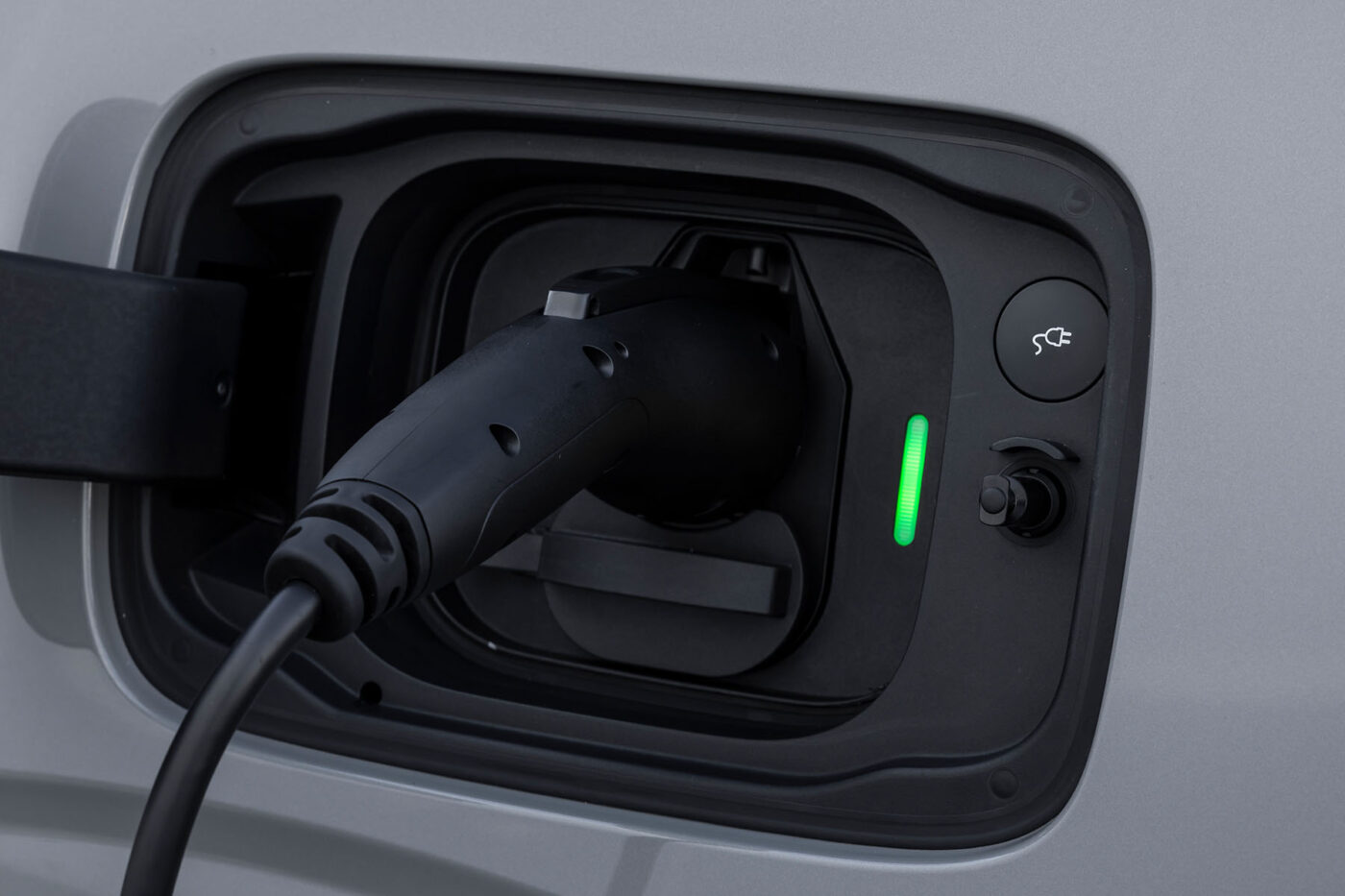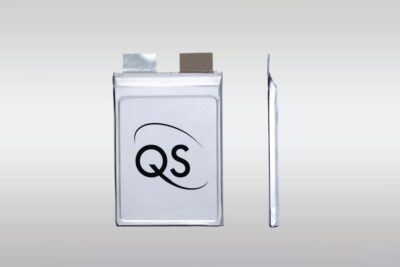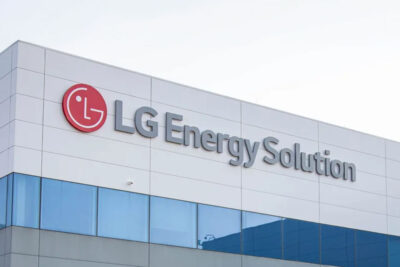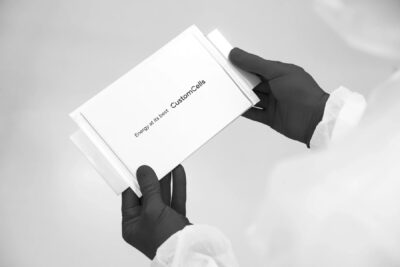Michigan team develops battery tech to enable 5x faster EV charging in the cold
The breakthrough from the University of Michigan could fundamentally improve winter usability for electric vehicles, enabling lithium-ion batteries to charge up to 500% faster in subfreezing conditions. The advance, which involves a dual approach of microchannel architecture and a stabilising electrode coating, promises fast charging without compromising range.
The team’s method relies on precision-drilled microscale channels in the graphite anode—roughly 40 microns wide—paired with a 20-nanometre-thick glassy coating made of lithium borate-carbonate. This combination prevents the formation of lithium plating, a performance-hindering phenomenon where lithium metal accumulates on the electrode surface during charging.
Test cells incorporating both modifications retained 97% of their capacity after 100 fast-charge cycles at –10°C. Critically, they reached this performance without redesigning the fundamental cell chemistry or sacrificing energy density, meaning they could be integrated into existing manufacturing lines.
“For the first time, we’ve shown a pathway to simultaneously achieve extreme fast charging at low temperatures, without sacrificing the energy density of the lithium-ion battery,” said Neil Dasgupta, associate professor of mechanical engineering and materials science at the University of Michigan.
Cold-weather charging has long plagued EV performance, with ion mobility through the electrolyte slowing significantly in low temperatures. Current strategies to mitigate this issue often involve external thermal management or design compromises that reduce overall energy density. The University of Michigan’s solution addresses the challenge internally—improving ion accessibility and stability at the microstructural level.
The university has filed for patent protection, and Arbor Battery Innovations—co-founded by Dasgupta—has licensed the microchannel technology for commercialisation.





0 Comments